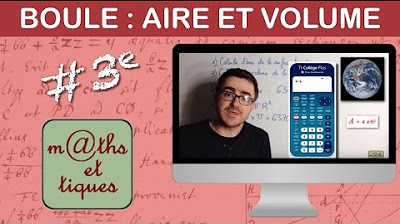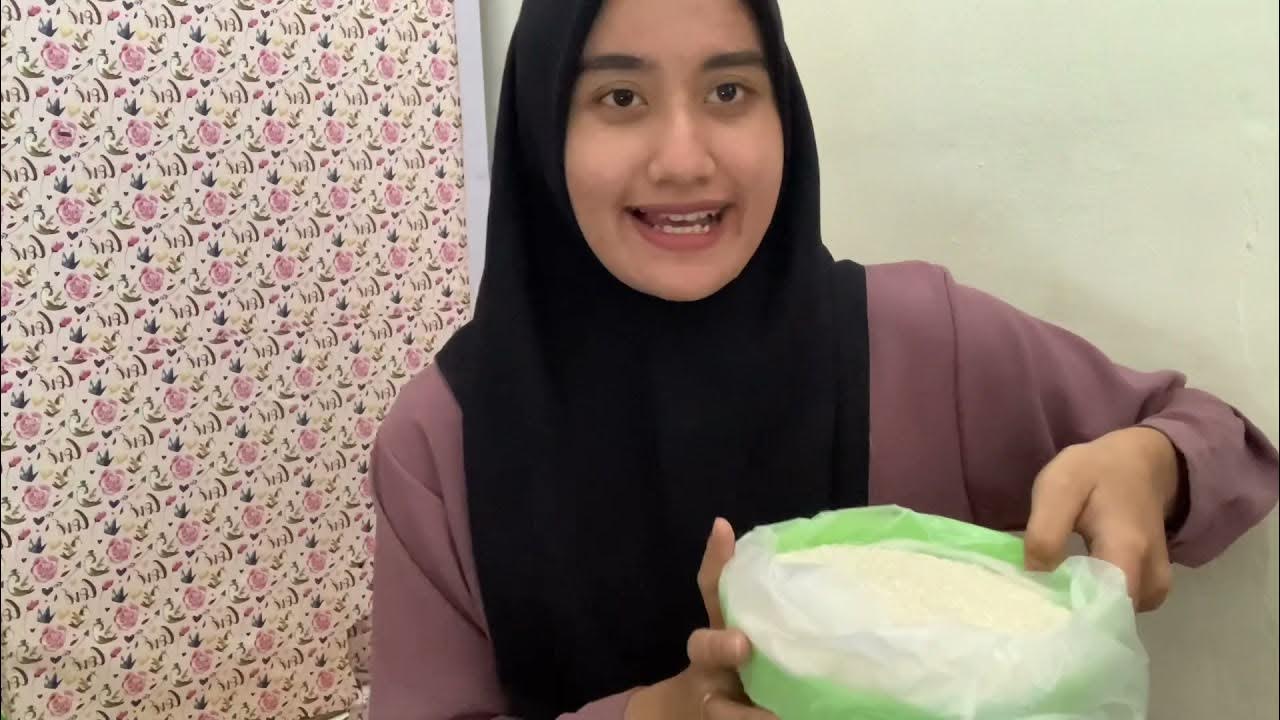Integrales dobles 2
Summary
TLDRThe video explains how to calculate the volume beneath a surface in three dimensions using integrals. The example uses the function Z = x*y² and the region defined by 0 ≤ x ≤ 2 and 0 ≤ y ≤ 1. The process involves slicing the surface into thin sections, calculating the area of each slice using integration with respect to x, and then summing these areas by integrating with respect to y. The final result gives the volume of the solid beneath the surface, which in this case is 2/3 cubic units.
Takeaways
- 📐 The video introduces a method to find the volume underneath a surface and above the xy-plane using integrals.
- 🧮 The surface being considered is given by the equation Z = x * y² in three dimensions.
- 🔲 The region of interest is defined by the constraints: 0 ≤ x ≤ 2 and 0 ≤ y ≤ 1, forming a rectangular area on the xy-plane.
- 📊 The goal is to calculate the volume under this surface, resembling a tent shape, using double integration.
- ✏️ A slice at a fixed y-value gives a curve in the xz-plane, which represents the area of that slice.
- 📏 To compute the volume, the integral of Z = x * y² is first taken with respect to x over the interval from 0 to 2.
- 📈 The integral of the resulting expression, 2y², is then computed with respect to y over the interval from 0 to 1.
- ✂️ The first integral evaluates to 2y², representing the area for a fixed y. This is then multiplied by dy to turn it into a volume slice.
- 🧩 Summing all these volume slices by integrating from y = 0 to y = 1 gives the final volume.
- ✅ The final result for the volume under the surface is calculated to be 2/3 cubic units.
Q & A
What is the surface equation given in the example?
-The surface equation given in the example is Z = x * y².
What are the limits of integration for the region of interest?
-The limits of integration for the region are 0 ≤ x ≤ 2 and 0 ≤ y ≤ 1, which define a rectangular region in the xy-plane.
What does the problem ask to find?
-The problem asks to find the volume under the surface Z = x * y² and above the rectangular region in the xy-plane, bounded by the limits of x and y.
How is the volume calculated in this example?
-The volume is calculated by setting up a double integral. First, the area under the surface for a fixed y is found by integrating with respect to x, and then this result is integrated with respect to y over the given limits.
What is the area of a cross-section for a fixed value of y?
-For a fixed value of y, the area of a cross-section is found by integrating the function Z = x * y² with respect to x over the limits 0 to 2. This results in the expression 2y².
How is the area function transformed into a volume?
-The area function is transformed into a volume by multiplying it by a small change in y (dy) and then integrating over the range of y from 0 to 1.
What is the final integral expression to calculate the total volume?
-The final integral expression is ∫(from y=0 to y=1) 2y² dy, which represents the sum of the volumes of thin slices under the surface.
What is the result of evaluating the integral for the volume?
-The result of evaluating the integral ∫(from y=0 to y=1) 2y² dy is 2/3. This is the total volume under the surface.
How can the result of 2/3 be interpreted in terms of units?
-If the units for the x and y coordinates are in meters, the result of 2/3 can be interpreted as 2/3 cubic meters, representing the volume under the surface.
Why does the area function depend on y in this problem?
-The area function depends on y because the height of the surface (Z = x * y²) varies with both x and y, and thus the cross-sectional area changes as y changes.
Outlines

This section is available to paid users only. Please upgrade to access this part.
Upgrade NowMindmap

This section is available to paid users only. Please upgrade to access this part.
Upgrade NowKeywords

This section is available to paid users only. Please upgrade to access this part.
Upgrade NowHighlights

This section is available to paid users only. Please upgrade to access this part.
Upgrade NowTranscripts

This section is available to paid users only. Please upgrade to access this part.
Upgrade NowBrowse More Related Video
5.0 / 5 (0 votes)





